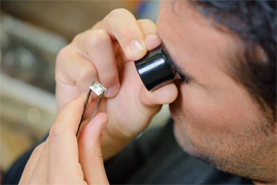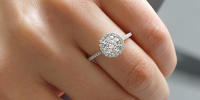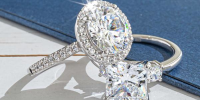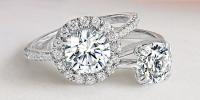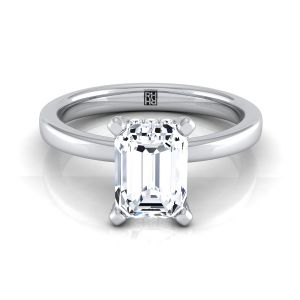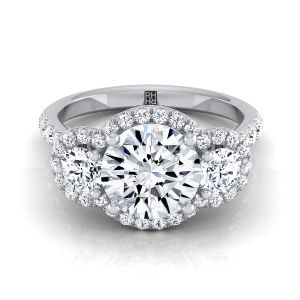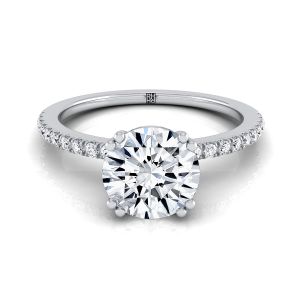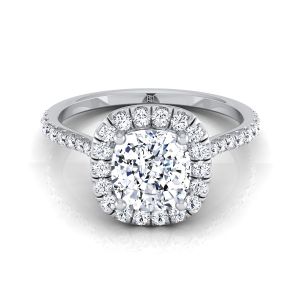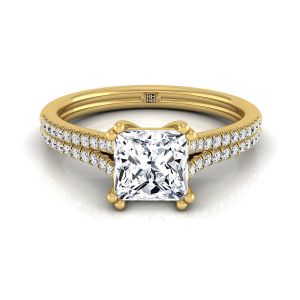The pavilion and table facets of a diamond work hand in hand to give the maximum possible light performance. The table facet can be called the largest window into the stone, because it allows the most light in. The pavilion facets, meanwhile, perform the function of mirrors, returning the same light back to the eyes of the observer. How the two facets interact has a bearing on how the diamond appears, such as in
diamond fashion rings.
Large Table Facets (Around 60%)

Having a
larger table facet means the diamond will allow more light inside, and hence be brighter. Larger table also means more spread, because of a lower crown for the same carat weight. There is also the perception of a bigger diamond, although this comes with the trade-off of less fire.
Small Table Facets (Around 50%)
This will mean a
higher crown with more fire. The spread is bad due to weigh going into the crown. If the crown height is normal, the angles will be too shallow, which means chances of chipping, especially if the girdle is too thin.
Ideal Table Size (Around 55%)
The light performance does not change too much with the size of the table facet. The more balanced table percentage falls somewhere between 55 to 57 percent.
 Having a larger table facet means the diamond will allow more light inside, and hence be brighter. Larger table also means more spread, because of a lower crown for the same carat weight. There is also the perception of a bigger diamond, although this comes with the trade-off of less fire.
Small Table Facets (Around 50%)
Having a larger table facet means the diamond will allow more light inside, and hence be brighter. Larger table also means more spread, because of a lower crown for the same carat weight. There is also the perception of a bigger diamond, although this comes with the trade-off of less fire.
Small Table Facets (Around 50%) This will mean a higher crown with more fire. The spread is bad due to weigh going into the crown. If the crown height is normal, the angles will be too shallow, which means chances of chipping, especially if the girdle is too thin.
Ideal Table Size (Around 55%)
This will mean a higher crown with more fire. The spread is bad due to weigh going into the crown. If the crown height is normal, the angles will be too shallow, which means chances of chipping, especially if the girdle is too thin.
Ideal Table Size (Around 55%) The light performance does not change too much with the size of the table facet. The more balanced table percentage falls somewhere between 55 to 57 percent.
The light performance does not change too much with the size of the table facet. The more balanced table percentage falls somewhere between 55 to 57 percent.









